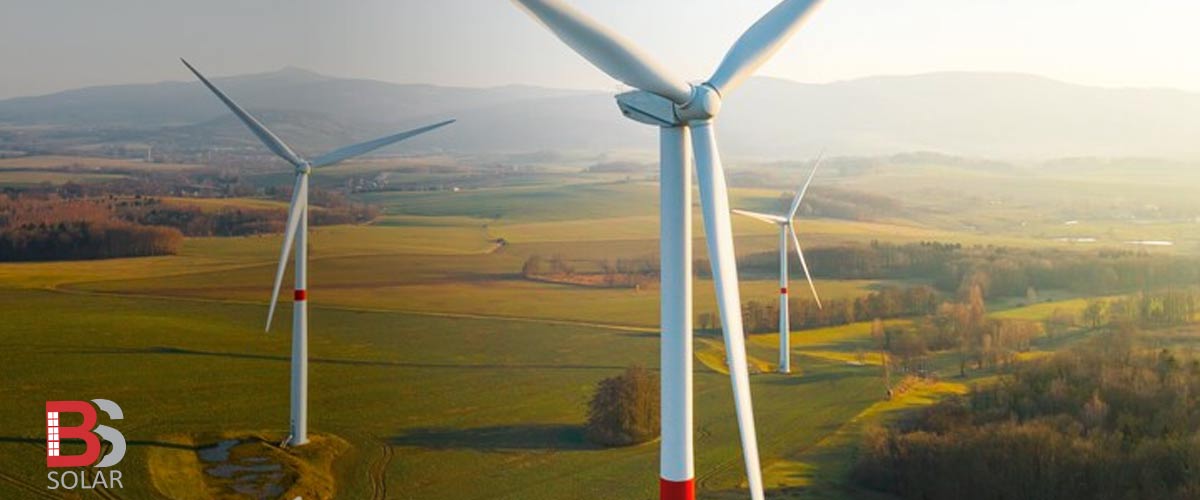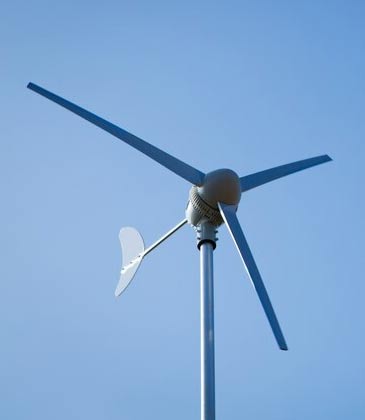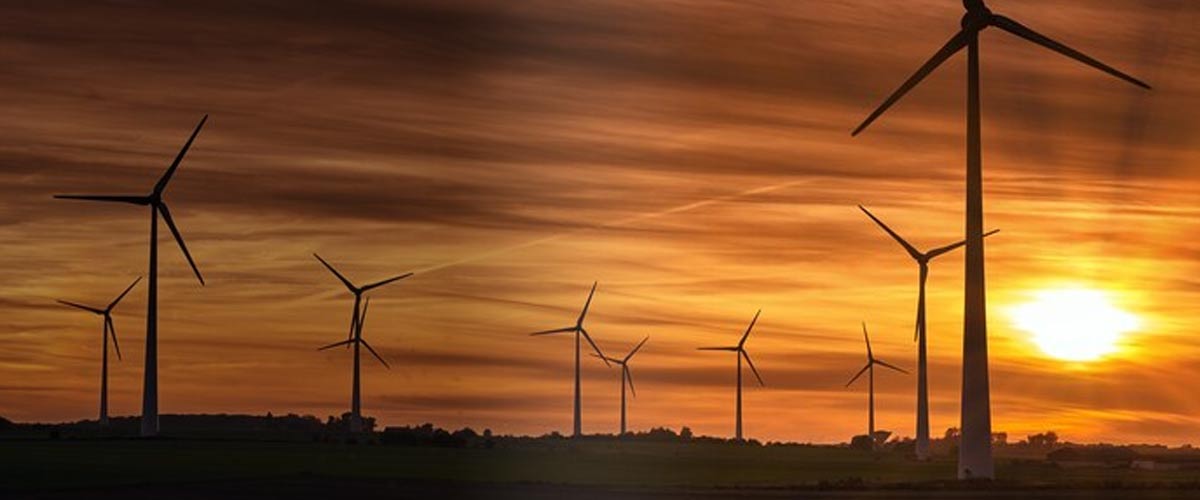
Wind Energy Solutions in Pakistan
Wind energy is a form of sustainable power generation that involves the conversion of wind motion into mechanical energy through the rotation of turbine blades. This mechanical energy is then transformed into electricity, contributing to a greener and more sustainable energy landscape.
Our comprehensive services cover the entire spectrum of wind energy projects, from conceptual design to the operational phase. Our team of experienced engineers and technicians can design, install, and maintain a wind energy system that is tailored to your specific needs.
What We Offer?
Why Choose Us?
Wind turbines have blades that are designed to capture the energy of the wind. As the wind blows, the blades turn and a shaft inside the turbine rotates. This shaft is connected to a generator, which converts the rotational energy into electrical energy.
Wind energy also has some challenges, including:
Variable resource: Wind is a variable resource, which means that it is not always available to generate electricity. This can make it difficult to integrate wind energy into the grid.
Land use: Wind farms can require a lot of land, which can be a challenge in densely populated areas.
Visual impact: Wind turbines can be visually disruptive, especially in areas that are not used to seeing them.
Wildlife impact: There is some concern that wind turbines can have a negative impact on wildlife, such as birds and bats.
Noise: Wind turbines can be noisy, which can be a nuisance to nearby residents.
There are two main types of wind turbines:
Horizontal-axis wind turbines (HAWT): These are the most common type of wind turbine. HAWTs have a long, horizontal shaft with blades that rotate around it.
Vertical-axis wind turbines (VAWT): These are less common than HAWTs, but they are becoming more popular. VAWTs have a vertical shaft with blades that rotate around it.
Wind farms are located in a variety of places, including:
Land-based wind farms: These are the most common type of wind farm. Land-based wind farms are located on land, such as farms, forests, and open fields.
Offshore wind farms: These are wind farms that are located in the ocean. Offshore wind farms are becoming more popular because they can generate more electricity than land-based wind farms.
Distributed wind energy: These are small wind turbines that are located near the site where the electricity is used. Distributed wind energy can be used to reduce reliance on the grid and provide a backup source of power.

Benefits of Wind Energy
Harness the power of wind energy and experience the benefits of a sustainable future.
- Clean and renewable
- Sustainable
- Cost-effective
- Flexible solution
- Energy independence

